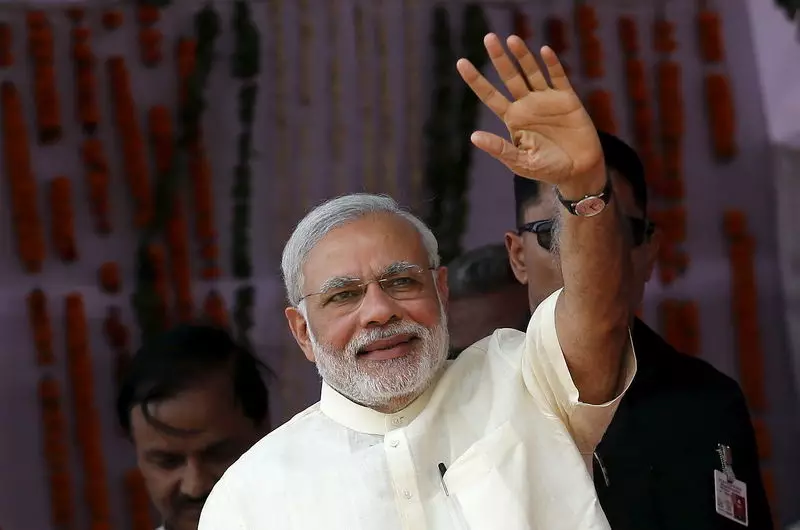After the surprising election results, Prime Minister Narendra Modi has now been sworn in for his third term, supported by the National Democratic Alliance (NDA). Despite the Bharatiya Janata Party (BJP) not securing a majority on its own, the NDA coalition managed to secure a total of 293 seats. Under Modi’s leadership over the past decade, the government has implemented fiscal policies that have significantly reduced subsidies while increasing capital expenditure (capex), indicating a focus on supply-side economic growth.
One of the key aspects of Modi’s economic strategy has been the reduction of subsidies from 18.2% to 8.6% of expenditure, while simultaneously boosting capex from 14% to 30%. This shift signifies a move towards a more sustainable economic model that prioritizes long-term growth over short-term gains. By focusing on supply-side economics, the government aims to stimulate investment, productivity, and overall economic performance.
Despite concerns about the new coalition government potentially reverting to populism, a report by Bank of America (BofA) suggests a continued momentum in capex, coupled with moderate welfare spending. The outlook is based on insights gathered from senior management of top corporations and policymakers. BofA identifies several factors that support sustained capex growth, including pro-reform policies of the NDA, a strong fiscal position, revenue augmentation strategies, leverage for capex, and policy continuity.
Key Factors Driving Economic Growth
1. **Pro-reform Policies**: The NDA has a history of implementing significant reforms even under coalition governments, which bodes well for continued progress.
2. **Strong Fiscal Position**: A robust fiscal environment allows for both capex and moderate populism to coexist, with lower-than-expected fiscal deficit and additional financial flexibility from excess dividends.
3. **Revenue Augmentation Strategies**: The government can enhance revenue through various means, such as widening the tax net, introducing amnesty schemes, increasing asset monetization, and reviving the PPP model.
4. **Leverage for Capex**: With reduced leverage and increased equity funding, government infrastructure agencies have ample room to finance further capex.
5. **Policy Continuity**: PM Modi emphasized the continuation of policies targeting growth in key sectors, signaling a strategic long-term vision for economic development.
BofA predicts an 11% compound annual growth rate in capex over the next few years, with a potential repurposing of the capex mix towards basic infrastructure and rural development projects. Key forthcoming events, such as the NDA’s common minimum program and the full-year budget in July 2024, will provide more clarity on government policies. In terms of sector preferences, BofA remains overweight on Financials, Autos, Cement, and Nonferrous Metals, while being underweight on certain other sectors.
The future of India’s economy under Modi’s third term seems to be focused on sustainable economic growth, infrastructure development, and policy continuity. With a strong fiscal position and continued momentum in capex, the government is poised to drive economic progress and create opportunities for growth and development across various sectors.

